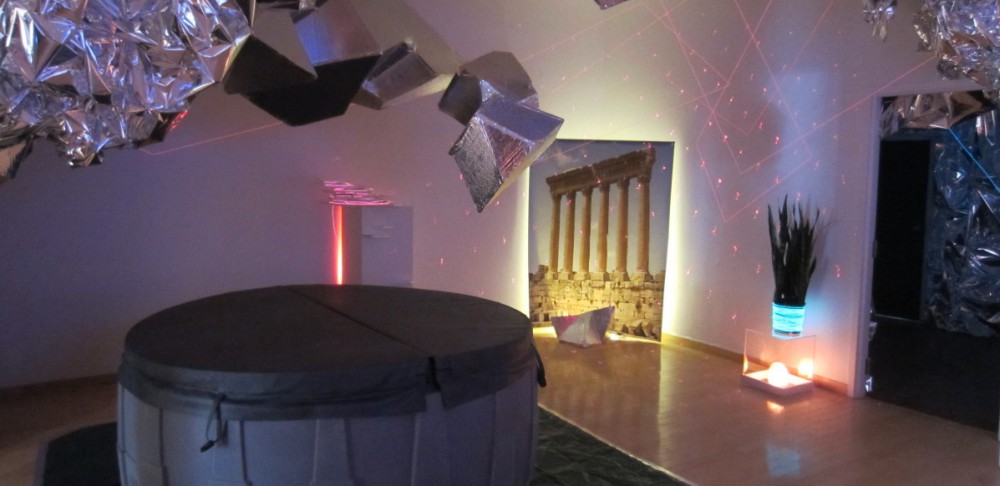DO NOT BELIEVE THE LIES! I did not suggest presenting in front of the class; professor Belli’s words were an attempt to turn the masses against me!!!!!!!!! I hate any space that is within a 4 foot radius of the chalkboard (the front of the class).
∗IMPORTANT INFORMATION∗
Your Ideas for project 2 are due by tomorrow and must be labeled as proposal. The information you provide Professor Belli should outline the initial stages of your project and it has to incorporate basic research (google and wikipedia are ok). Make sure to include what purpose your project serves and idea of what kind of research your project would require. Your proposals should be no less than 2 paragraphs. The topic you choose must be something you want to learn about. Professor Belli will provide specific guidelines depending on the kind of project you choose. Be aware that the final product will consist of four parts: a written portion, component, presentation, and a write up. If you want to be among the first presenters, tell professor Belli.
You can ignore anything beyond this point if you so choose.
Class began with a forced change: Professor Belli made everyone sit in a different location. Perhaps she wanted to show us what it feels like to be controlled, much like Connie in the novel. After all, in class the only thing we can control is where we sit, other than that what we read/discuss is up to the professor. Our only sense of control was taken just like Connie; I can now officially sympathize with the character.
After the seating controversy of 15′ Professor Belli paired the class off into pairs, because groups of three or more means someone isn’t talking. The pairs were given 7 topics to discuss: progress, freedom/individuality, cyborg, gender, control→emotions, doubling, and alternate future. After discussing in pairs there was a class discussion about the topics we were assigned, and the following discussion (WHICH I PARAPHRASED….. A LOT) ensued………….
Joel– In the future society there are huts and farming yet their civilization is highly advance, especially their technology, compared to the present which has advanced architecture, but not technology.
Chris– Luciente’s progress as a character can be seen in the way she deals that with the conflict between her and Bolivar. At the meeting with Parra, the two characters are forced to confront each other. Pg220
Belli– You would think that their are no problems, but in fact there are. When you change circumstances and environments people change. Are people inherently good or bad?
Carl– Connie is cuckoo for cocoa puffs. Madness is a coping mechanism; she connects with people and her delusions as an escape. There is a connection between Dolly on speed and Connie’s madness (273).
Belli– What does it mean to be cuckoo? There are connections to androids dream seen through the way that the sub-humans of those respective societies are treated. What is the proper response to “crappy circumstances”? Isn’t Connie actually responding in a sane way to these traumatic events? Are drugs good or bad?
Randy– Are Connie’s responses comparable to the flight, fight, or freeze response, that someone would have if they are about to be punched in the face?
Danny– Can’t the doctors also be seen as crazy?
Belli– Connie has no freedom; her only freedom is within her own mind, and now she is even going to lose that. Who gets to decide/control?
Leo (the man with the Metallica shirt \m/)– She feels imprisoned which is why she sees the future as a vacation (198). She needs to have some escape.
Eugene– Are we also question the reality of this world?
Carl– Connie wishes someone would help, but instead has to fall into female stereotypes (186)
Belli– Connie and the other inmates have to fall into gender stereotypes that the ward want them to. Future is meant to show what people could be if they had different opportunities.
Andrew– Limitations of what can be imagined.
Randy– The people of the future were born in test tubes; they were not birthed ina natural way. So then couldn’t they be considered cyborgs?
Andrew– If everyone is birthed through machines despite lots of sexual activity, are the people of the future sterile?
Belli– Where did the motivation for ending female pregnancy come from? Females are held back by biological truths; therefore, it is an equalizing thing (97).
Randy– The word mother is still used; the concept is preserved.
Belli– The society wants to create a sense of equilibrium, but then why not make it so men have the ability to give birth?
Chris– No breasts, no ovaries.
Eugene– Why not get rid of gender overall?
Andrew– Sex is valued in the future society, and it provides a sense of enjoyment.
Belli– Project idea: how would you re-imagine genders, basically a utopia exercise.
Andrew– Third genders exist in some cultures.
Belli– What does consent mean?
The conversation ended there. Fun words mentioned…
Telos- A definitive end
Andros- Greek for man
Gyne/Gyno- Greek for woman
Quorum- You need a majority to vote.
Don’t forget to finish the novel guys, and rock the vote. The next blog will be the last one, from here on out the focus will be on project 2.



